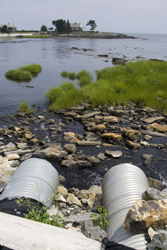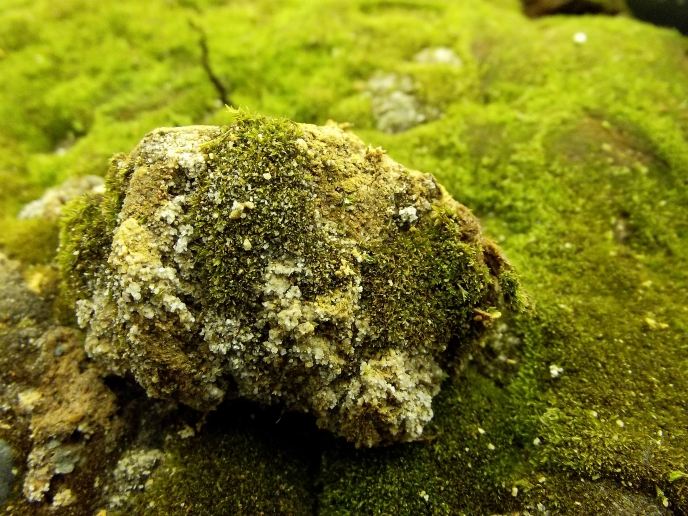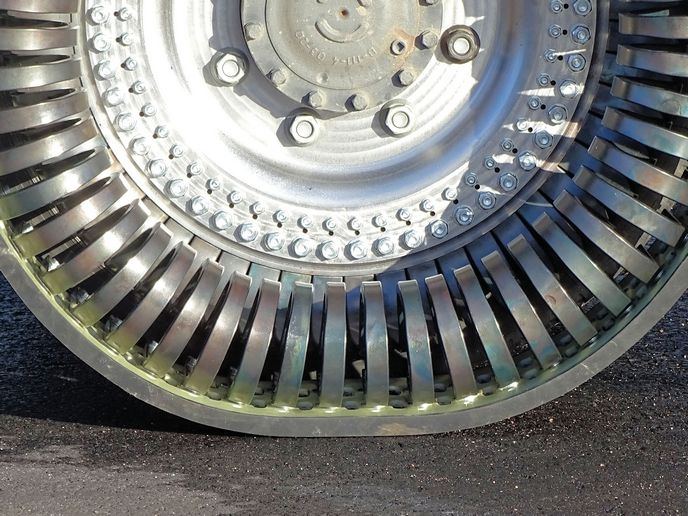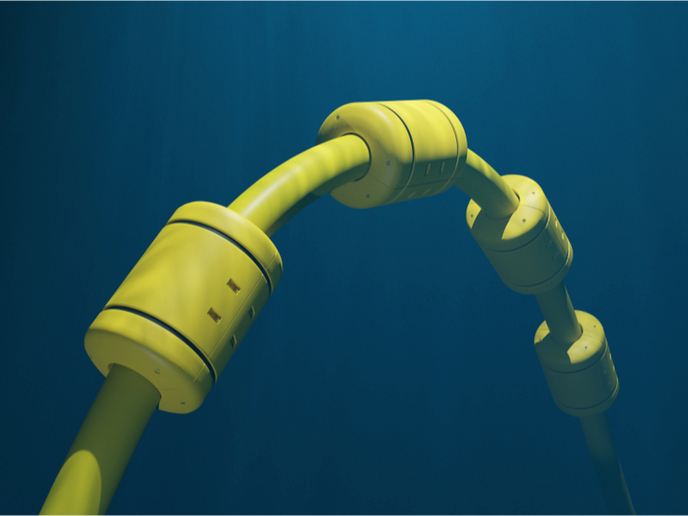Bioremediation to alleviate surface water pollution
Groundwater and surface waters are often characterised as separate resources although they are interrelated. Surface water seeps through the soil and becomes groundwater. Conversely, and relevant to the EU project, ‘Sediment biobarriers for chlorinated aliphatic hydrocarbons in groundwater reaching surface water’ (Sedbarcah), groundwater can feed surface water sources. Sedbarcah aimed to investigate the possibility that the sediment between surface and groundwater may act as a supply of both biological and physico-chemical degradation agents. In particular, the scientists focused on the biological source, a natural biobarrier. Harnessing the action of anaerobic microbes present in sediments because of eutrophication, the project aimed to put the bacteria to good use. To do this, they determined the role and genetic make-up of the microbial community living in the river bed by monitoring activity in sediments of the River Zenna in Belgium and the Bělá river in the Czech Republic. The project team concentrated specifically on a group of pollutants, the chlorinated hydrocarbons (CAHs). One, perchlorethylene (PCE), is a very common organic solvent from dry cleaning and industrial processes. Under anaerobic conditions, the CAHs can be completely oxidised to carbon dioxide (CO2), water and chlorine by the microbes. Sedbarcah focused on dechlorinating bacteria in particular. The next step was then to increase the pollutant removal activities and sustain these processes, as well as develop tools to investigate microbial degradation in situ. To increase the bioremediation potential of the community, the scientists investigated the effects of changing variables like nutrients and electron donors and receptors. Surface water contamination with dissolved CAHs from degreasing activities in industry is a significant problem with their appearance at concentrations that are harmful and carcinogenic. Sedbarcah has collected valuable data for bioremediation systems to decontaminate surface water systems.







